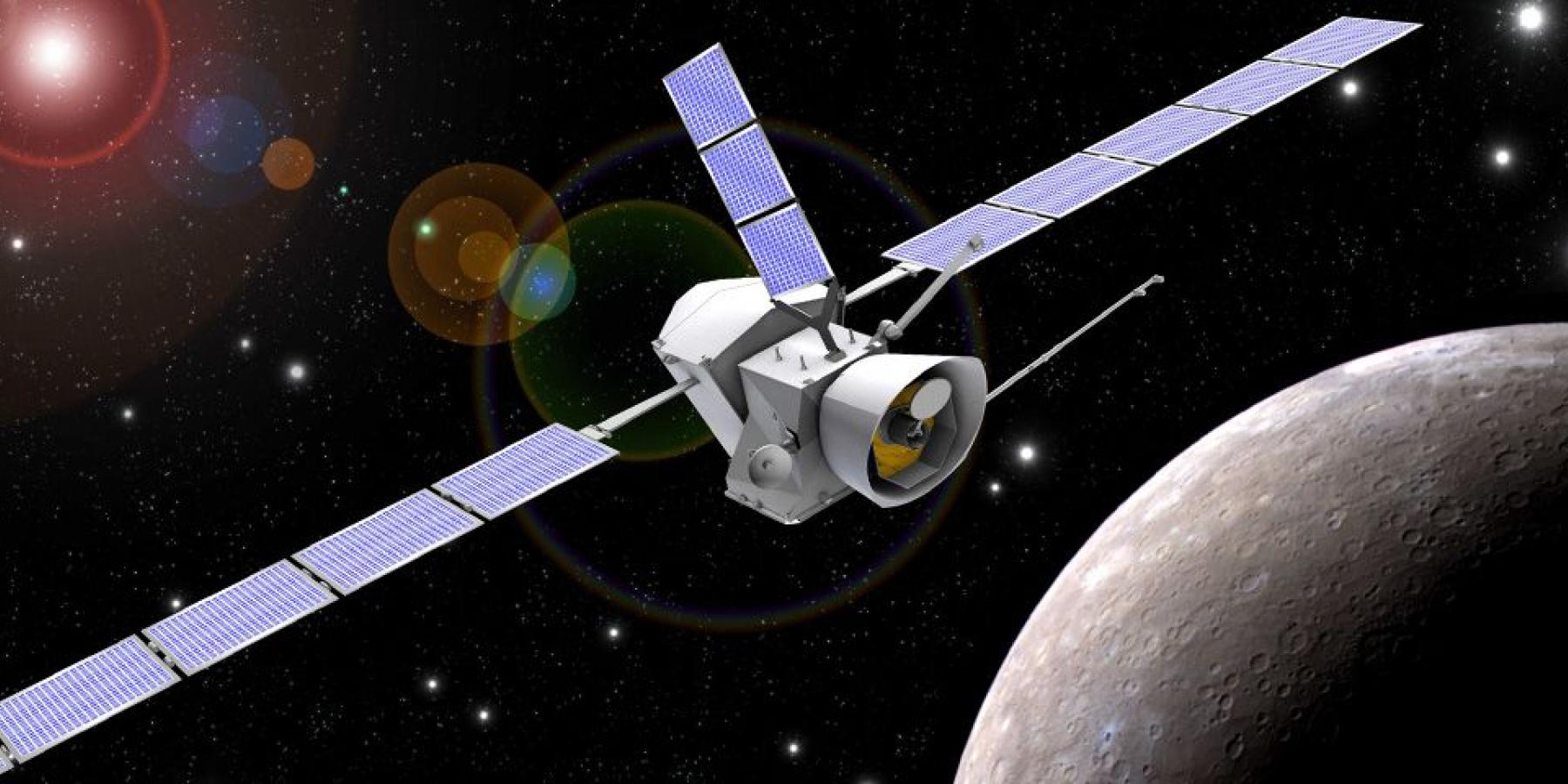New power electronics, mission to Mercury
The Instituto de Microelectrónica de Barcelona (IMB-CNM) takes part in Bepi-Colombo, the Europe's first mission to Mercury. The participation of the IMB-CNM, led by Philippe Godignon, a CSIC’s research professor, is focused on developing the protector diodes for the spacecraft’s solar panel. The team forms part of the LIA Wide Lab.

The issue is to develop a semiconductor device able to endure extreme temperatures and to guarantee the best performance of the solar panel. Godignon explains: “the solar panels of the spacecraft will be arranged as horizontal lines which are interconnected. If one of them fails, it is necessary to guarantee the others will keep working”. Then, each line of solar cells will have a high voltage diode connected in series. The diodes are electrical components that enable the disconnection of the impaired line and to ensure that the adjacent solar cells keep working.
The diodes are being developed on silicon carbide, one of the new generation materials for power electronics. This material can endure high temperatures and extreme environments. In their approaching to Mercury, the spacecraft will be exposed not only to very high temperatures but also to dramatic temperature changes. When the spacecraft will be orbiting Mercury, in only 45 minutes it will pass from very high to very low temperatures. “According to ESA’s requirements, we have developed diodes which resist a quick change from 270 ºC (518 F) to 170 below zero (-274 F)”, says Godignon.
BEPI-Colombo is a joint mission between ESA and the Japan Aerospace Exploration Agency (JAXA), executed under ESA leadership. The mission comprises two spacecraft: the Mercury Planetary Orbiter (MPO) and the Mercury Magnetospheric Orbiter (MMO), each one of them with its own solar panel.




